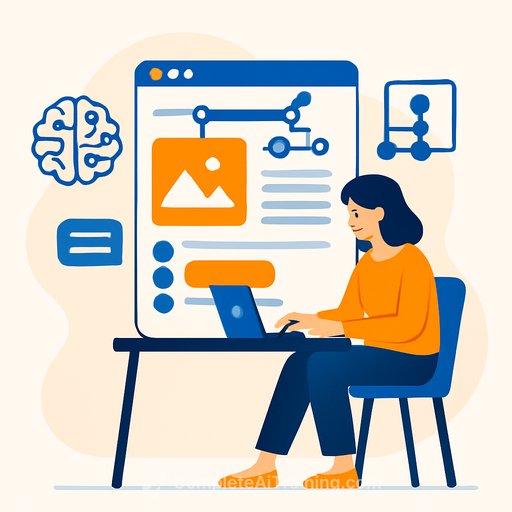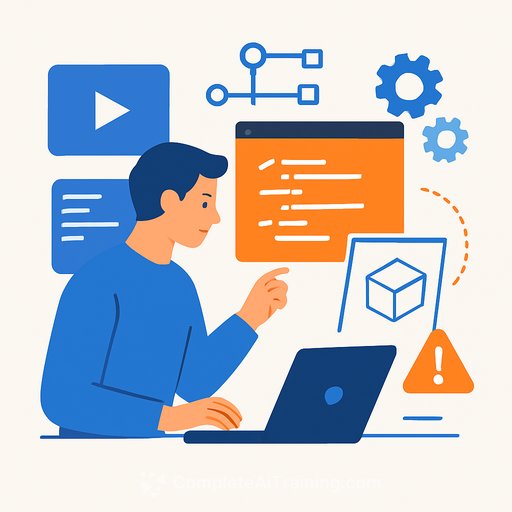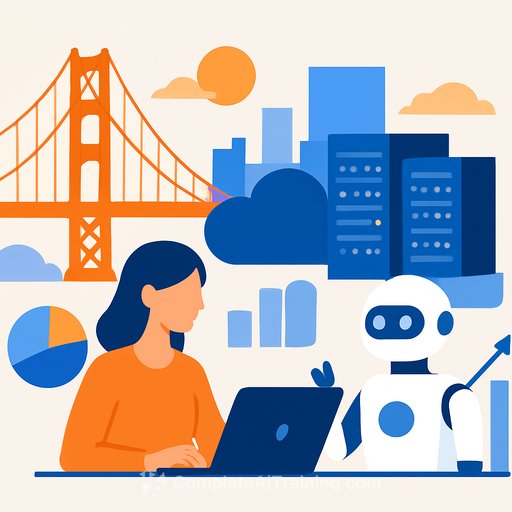Transforming Software Development with AI
Artificial intelligence is reshaping software development, enabling faster product creation and lowering the barrier for non-coders. A prime example is Daniel Roth, LinkedIn’s vice president and editor in chief, who recently launched an app called Audio2 in just a few weeks. This app captures audio notes, transcribes them, summarizes key points, and makes them searchable—addressing a common pain point for busy professionals.
What stands out is how Roth, without a formal programming background, built this app using AI tools like Anthropic’s Claude Pro for brainstorming and code generation, along with Cursor, an AI-powered coding editor. This approach drastically cuts down development time compared to traditional methods.
The AI-Driven Development Approach
Roth’s process began with identifying a personal need for better audio note-taking. He then turned to AI to quickly test ideas and generate code. Using Claude, he brainstormed features, produced code snippets, and debugged problems. Cursor helped by providing real-time coding suggestions and converting natural language instructions into Swift code for iOS.
This approach demonstrates how AI can democratize app development, allowing individuals without full engineering teams to create polished, functional products. Audio2’s AI-powered summaries and keyword search features show what’s achievable with rapid, iterative AI assistance.
What This Means for Tech Innovation
For IT professionals, Roth’s experience signals a shift away from traditional coding barriers. AI tools are enabling faster innovation cycles within both startups and established companies. As these tools improve, subject matter experts across different fields could bypass conventional development workflows, reducing costs and time to market.
However, challenges remain. Issues like code quality, security, and long-term maintainability of AI-generated software require ongoing human oversight. Roth emphasized that while AI handled about 90% of the work, human refinement was crucial, especially to address ethical concerns such as data privacy in audio transcription.
Broader Industry Context
This trend aligns with wider moves in Big Tech. For instance, Meta’s recent AI-focused restructuring aims to build superintelligent systems, which could enhance the kind of AI tools Roth used. Startups integrating AI into professional networking also hint at a future where AI not only builds apps but reshapes how professionals connect and collaborate.
Audio2 serves as a case study for executives considering AI integration. It shows how accessible AI tools can quickly turn ideas into real products, potentially sparking innovation inside major companies. Meanwhile, software developer roles may evolve into managing AI-assisted workflows, while non-technical leaders gain new creative capabilities.
Looking Ahead: AI and App Development
Investor interest in AI-driven development platforms is growing, encouraging more companies to adopt AI comprehensively. Roth’s success with Audio2 illustrates a trend toward more agile, AI-augmented software creation—where building an app becomes as simple as describing the concept.
Expect to see many more stories like this, with AI tools reshaping productivity in Silicon Valley and beyond. For IT professionals looking to stay ahead, gaining skills in AI-assisted development and understanding these new workflows will be essential.
For those interested in expanding their AI skills in software development, Complete AI Training offers a range of courses focused on AI tools and coding.
Your membership also unlocks:






